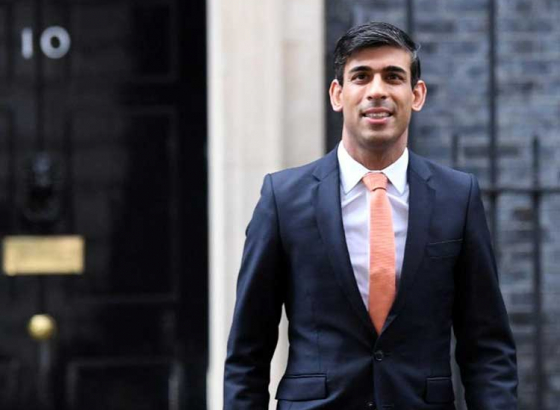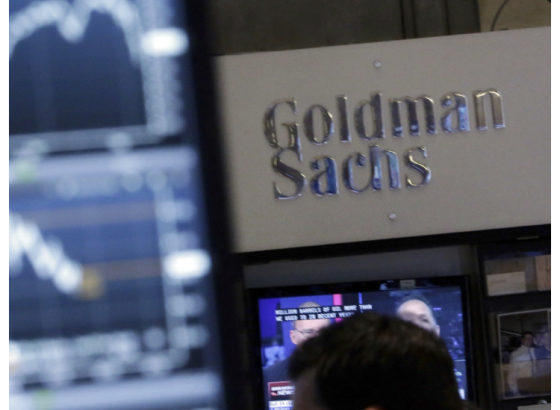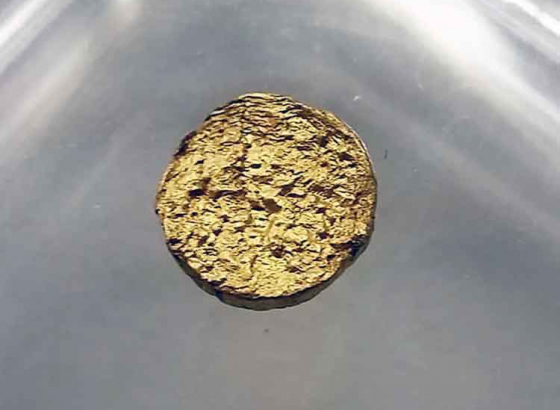As Greg McDougall prepared to fly the world’s first all-electric commercial aircraft Tuesday morning, he said “nervous” wasn’t quite the word to describe how he was feeling. The fact that he would be the first person to take the modified de Havilland Beaver on a full test flight didn’t faze him, nor did knowledge of a charging glitch the night before.
McDougall had gone for a dinner break Monday evening while a crew of designers and engineers stared at their computers with furrowed brows, and he returned later to find them smiling and laughing, crisis averted. According to him, the emotion wasn’t necessarily exciting, but more of anticipation and focus.
With the sun hanging low over the Fraser River in Richmond, McDougall shifted the throttle into gear and took off. “For me, that flight was just like flying a Beaver but it was a Beaver on electric steroids,” he said, adding he had to throttle back in order to delay the take-off to be in line with about a dozen cameras.
It wanted to fly. With the tailwind, it was going to leap off the water.
The brief but successful test flight marked a significant win for Harbour Air and partner magniX, which designed the electric motor, in the race to electrify commercial aviation fleets. Dozens of companies are working on electric planes, including Boeing and Airbus. Israeli company Eviation unveiled a nine-seat, all-electric plane named “Alice” at the Paris Air Show in June, which also happens to be a magniX project. Roei Ganzarski, CEO of Seattle-based engineering firm magniX, described the test flight as the beginning of a revolution in aviation. The 62-year-old Beaver was outfitted with a 750-horsepower electric motor, which gives it the capacity to fly about 160 kilometers before needing a recharge.
Weight, altitude, and storage remain the biggest barriers to flying electric. A mid-sized passenger plane weighs 100 times as much as a mid-sized car and the battery technology hasn’t quite adjusted to the aviation market. Fuel also remains about 40 to 50 times more power-dense than batteries, Ganzarski said. But the team expects innovation in the battery industry to continue in the same way for aviation as it has for electric cars. The key will be developing batteries that are more compact at the same time that they are more powerful. The test flight used lithium-ion batteries because they are the most “tried and true,” but there are already others on the market that are more powerful, McDougall said.
Exactly when the electric aircraft will be approved for commercial flight is unclear as Transport Canada will be entering new territory. But McDougall said the goal is to get passengers on Harbour Air electric flights within two years. The operating costs are between 50 and 80 percent lower than combustion engines and ultimately, that will mean lower ticket prices for passengers, he said. Harbour Air covers 12 routes and operates about 30,000 flights a year between Vancouver, Victoria, Seattle and other locations.








